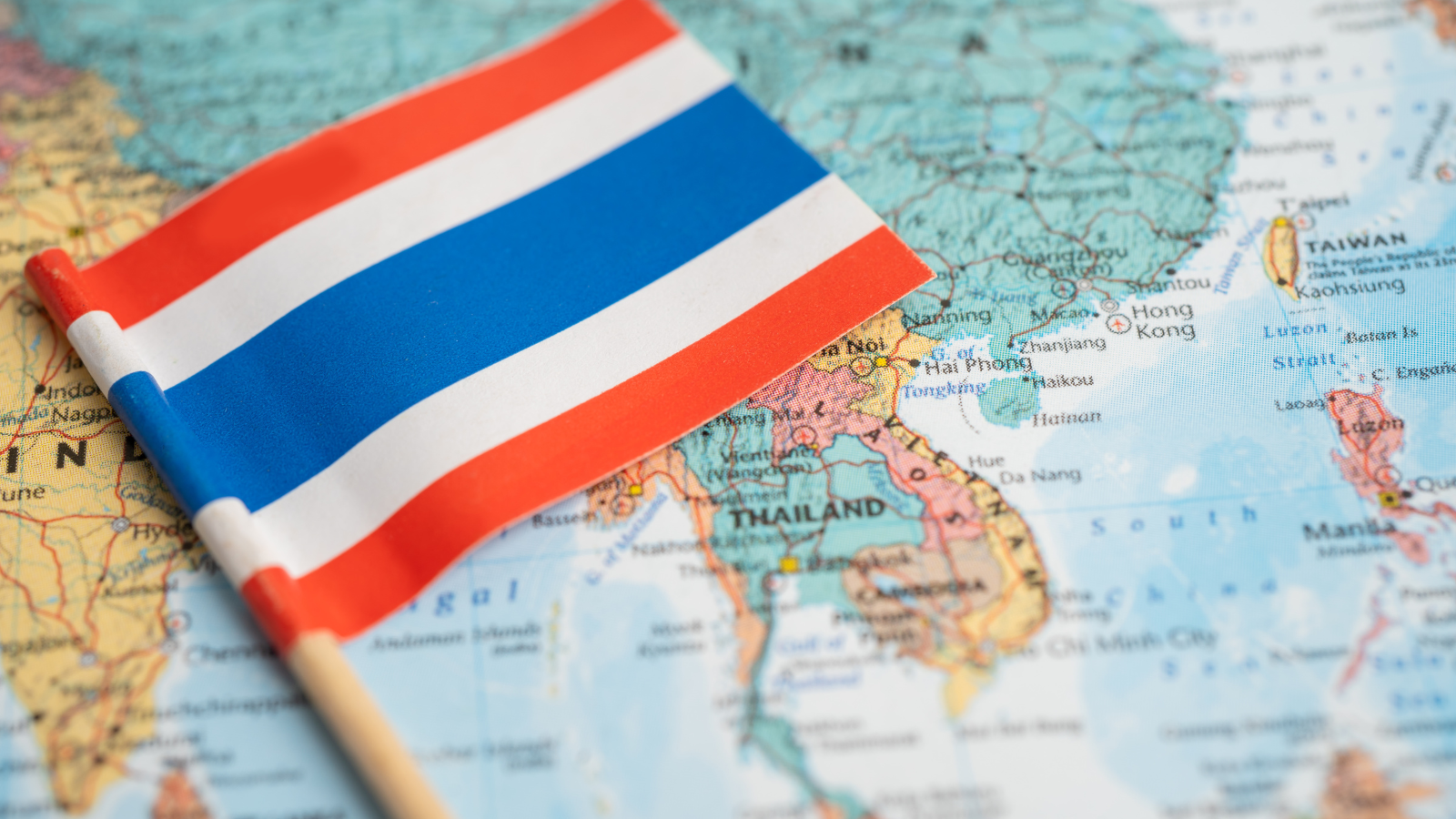
Best Places to Visit in Thailand for Indian Tourists:
Thailand, known as the "Land of Smiles," has long been a favorite destination for Indian tourists. With its blend of beautiful landscapes, ancient temples, vibrant street life, and a warm, welcoming culture, Thailand offers an unforgettable travel experience. Indian travelers are drawn to the country’s mix of modern cities, cultural heritage, pristine beaches, and buzzing nightlife. From the bustling markets of Bangkok to the serene temples of Chiang Mai, the adventure-filled beaches of Phuket to the scenic cliffs of Krabi, Thailand caters to every type of traveler.
In addition to sightseeing, Thailand offers exciting culinary experiences, world-renowned shopping, and a unique cultural landscape, all of which contribute to its appeal. Indian tourists, in particular, find Thailand to be both affordable and accessible, with options ranging from luxury accommodations to budget-friendly stays. Plus, with a range of direct flights from major Indian cities and a favorable currency exchange rate, it’s easier than ever to enjoy a trip to this beautiful Southeast Asian nation.
This guide will delve into the best places for Indian tourists to visit in Thailand, the ideal times to explore its regions, shopping tips, cultural etiquette, and currency details to ensure a smooth and enjoyable trip. Whether you’re planning a family vacation, a romantic getaway, or an adventure with friends, Thailand has something special waiting for you. Read on to discover how you can make the most of your journey to Thailand with essential travel tips and a thoughtfully curated itinerary.
1. Bangkok: The Bustling Capital:
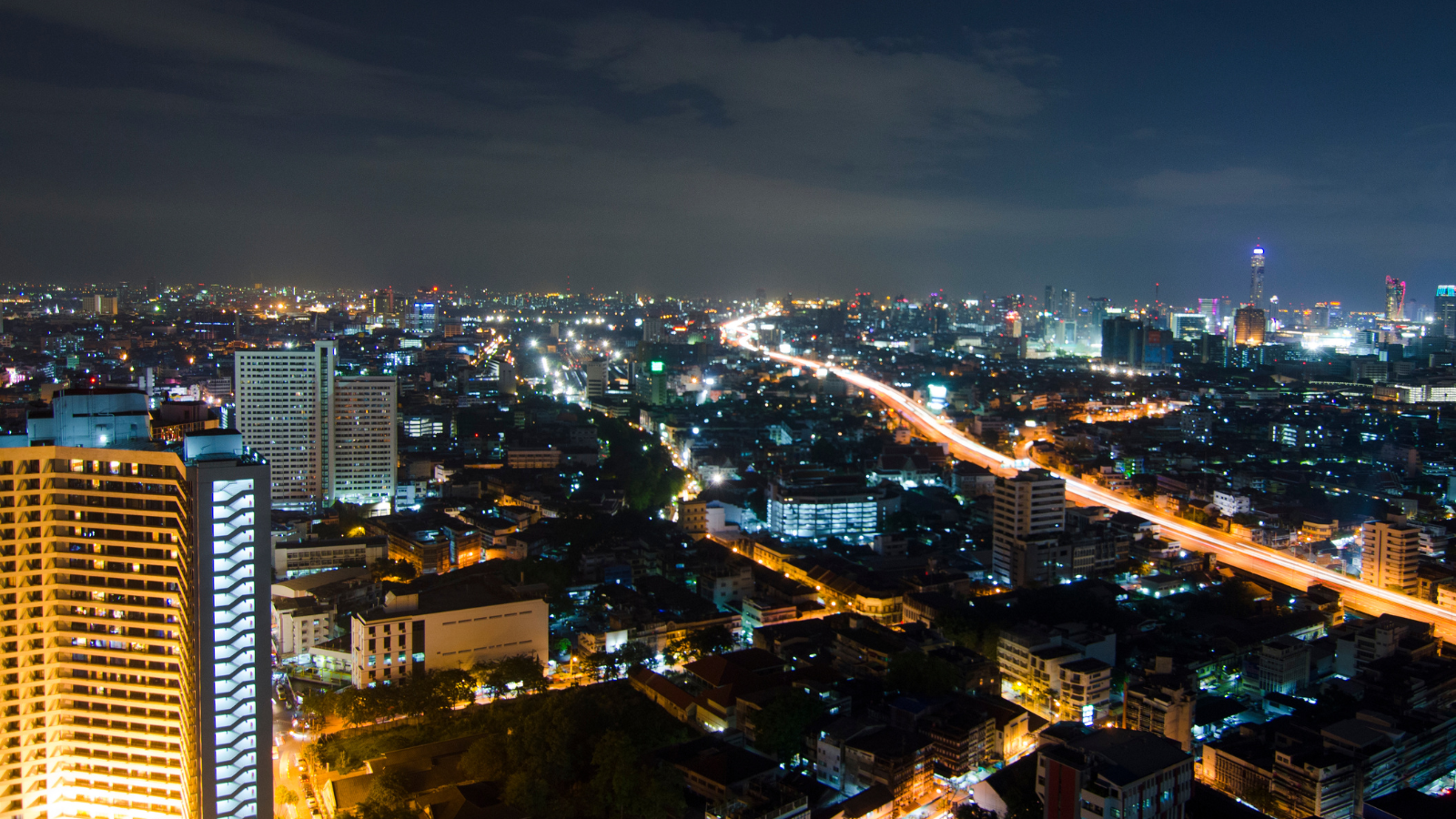
Bangkok, Thailand’s vibrant capital, is a dynamic blend of modernity and tradition. Known for its stunning temples, bustling street markets, and rich cultural landmarks, Bangkok offers endless experiences.
- Grand Palace and Wat Phra Kaew:
The Grand Palace is Bangkok’s most famous landmark, featuring magnificent architecture and ornate decorations. Within the complex lies Wat Phra Kaew (Temple of the Emerald Buddha), housing a revered emerald statue of Buddha. - Wat Arun (Temple of Dawn):
Situated along the Chao Phraya River, Wat Arun is known for its striking prang (spires) decorated with colorful porcelain tiles. It’s especially beautiful at sunset when the temple lights reflect on the river. - Chatuchak Weekend Market:
One of the world’s largest weekend markets, Chatuchak offers a shopping adventure with over 15,000 stalls selling clothes, souvenirs, home decor, and food. It’s an excellent place for souvenir shopping and experiencing Thai street food. - Khao San Road:
Known as the backpacker’s haven, Khao San Road is a lively street filled with bars, street vendors, and shops. This bustling area is ideal for nightlife, people-watching, and mingling with fellow travelers. - Floating Markets (Damnoen Saduak and Amphawa):
Experience the unique charm of Thailand’s floating markets, where vendors sell fruits, snacks, and souvenirs from wooden boats. These markets offer a glimpse into Thailand’s traditional way of life and are a must-visit for food lovers and photographers.
2. Chiang Mai: The Cultural Capital:
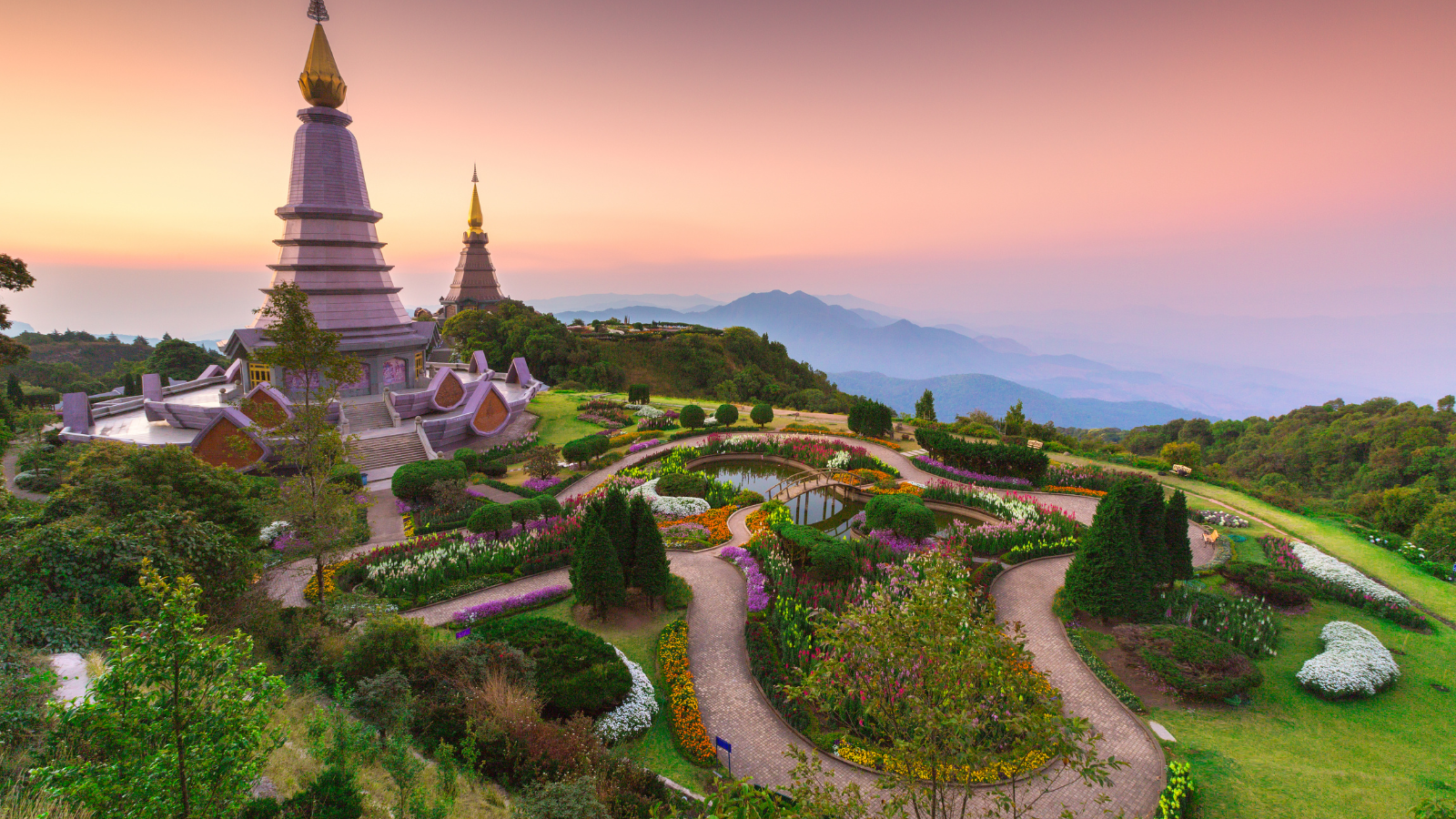
Located in northern Thailand, Chiang Mai is known for its relaxed pace, mountainous landscapes, and historic temples. It’s a city with a rich cultural heritage, perfect for those interested in history and nature.
- Wat Phra That Doi Suthep:
One of Thailand’s most sacred temples, Doi Suthep sits atop a mountain offering panoramic views of Chiang Mai. Visitors must climb a staircase flanked by naga (serpent) sculptures to reach the temple, where they can admire its golden chedi and serene atmosphere. - Old City Temples:
The Old City of Chiang Mai is filled with centuries-old temples, such as Wat Chedi Luang, known for its partially restored chedi, and Wat Phra Singh, famous for its Lanna-style architecture and intricate murals. - Chiang Mai Night Bazaar:
This popular market stretches along several streets in the Old City, offering everything from handicrafts and souvenirs to clothes and jewelry. The night bazaar is also an excellent place to try local dishes and street food. - Elephant Nature Park:
A sanctuary dedicated to rescued elephants, Elephant Nature Park allows visitors to observe elephants in a natural, ethical environment. It’s an alternative to traditional elephant rides, providing an experience that supports conservation. - Sunday Walking Street:
Held every Sunday, this walking street market in the Old City features local art, crafts, and food stalls. It’s a great spot to pick up handmade items and interact with local artisans.
3. Phuket: Beaches, Islands, and Vibrant Nightlife:
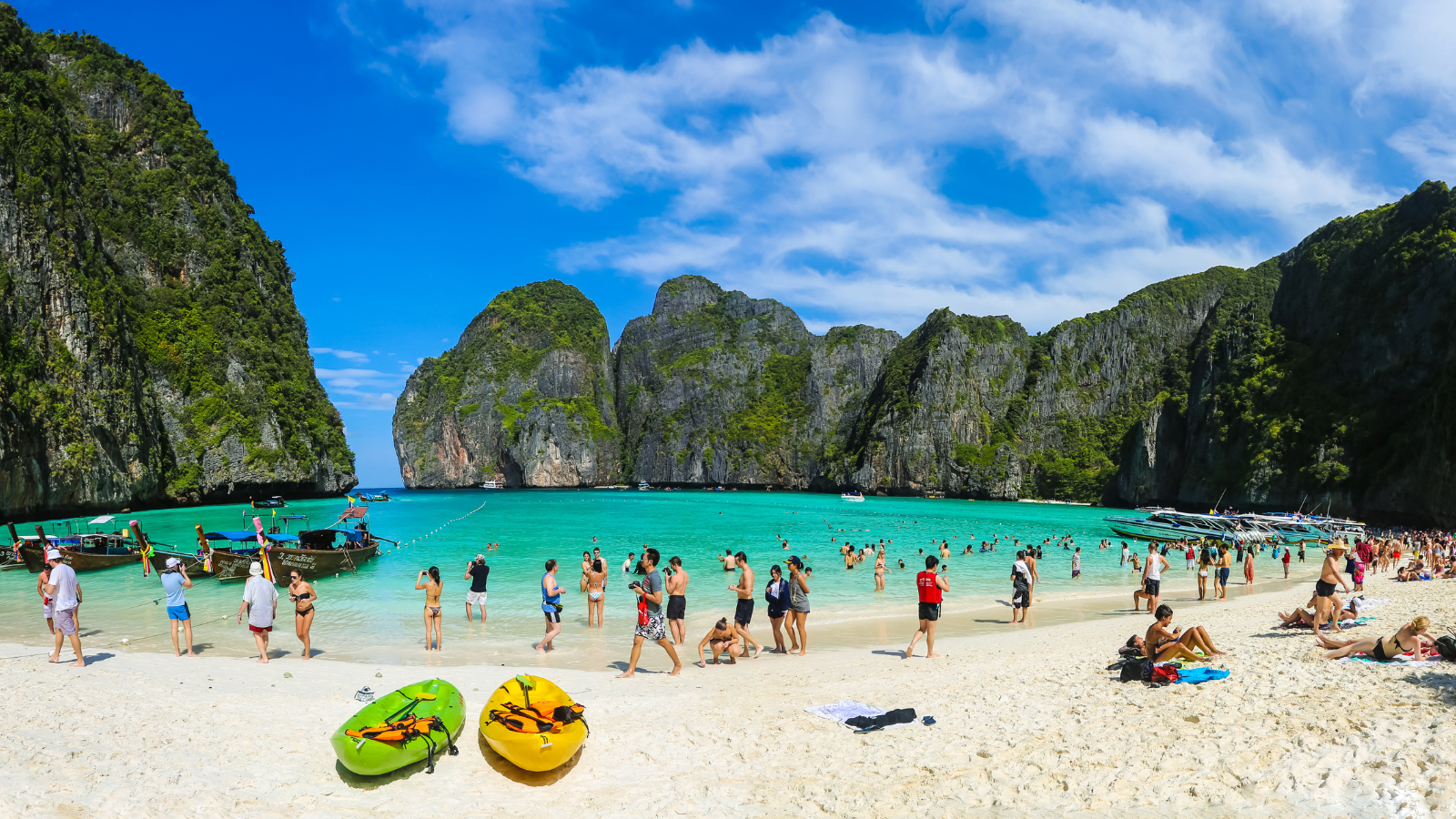
Phuket, Thailand’s largest island, is famous for its sandy beaches, luxury resorts, and energetic nightlife. The island also serves as a gateway to some of Thailand’s most beautiful islands.
- Patong Beach:
Patong Beach is Phuket’s most famous beach, known for its vibrant nightlife, bars, and water activities. During the day, visitors can enjoy jet skiing, parasailing, and beach lounging, while evenings bring lively entertainment and bustling crowds. - Phi Phi Islands:
A short boat ride from Phuket, the Phi Phi Islands are renowned for their clear turquoise waters, limestone cliffs, and white sandy beaches. Maya Bay on Phi Phi Leh, made famous by the movie The Beach, is a must-see spot for stunning views and snorkeling opportunities. - Big Buddha:
This iconic 45-meter-tall statue on Nakkerd Hill offers panoramic views of Phuket. The area around Big Buddha is peaceful, with gardens and viewpoints, and serves as a spiritual site for locals and tourists alike. - Old Phuket Town:
Old Phuket Town is a charming area with colorful Sino-Portuguese architecture, local shops, and street art. Visitors can explore its quirky cafes, art galleries, and markets, which make it a unique destination on the island. - Phuket Fantasea Show:
Known as Thailand’s Disneyland, Phuket Fantasea is a cultural theme park offering elaborate shows with traditional Thai elements, acrobatics, and animal performances. It’s a family-friendly attraction and a great way to experience Thai culture.
4. Pattaya: Beaches, Coral Island, and Entertainment:
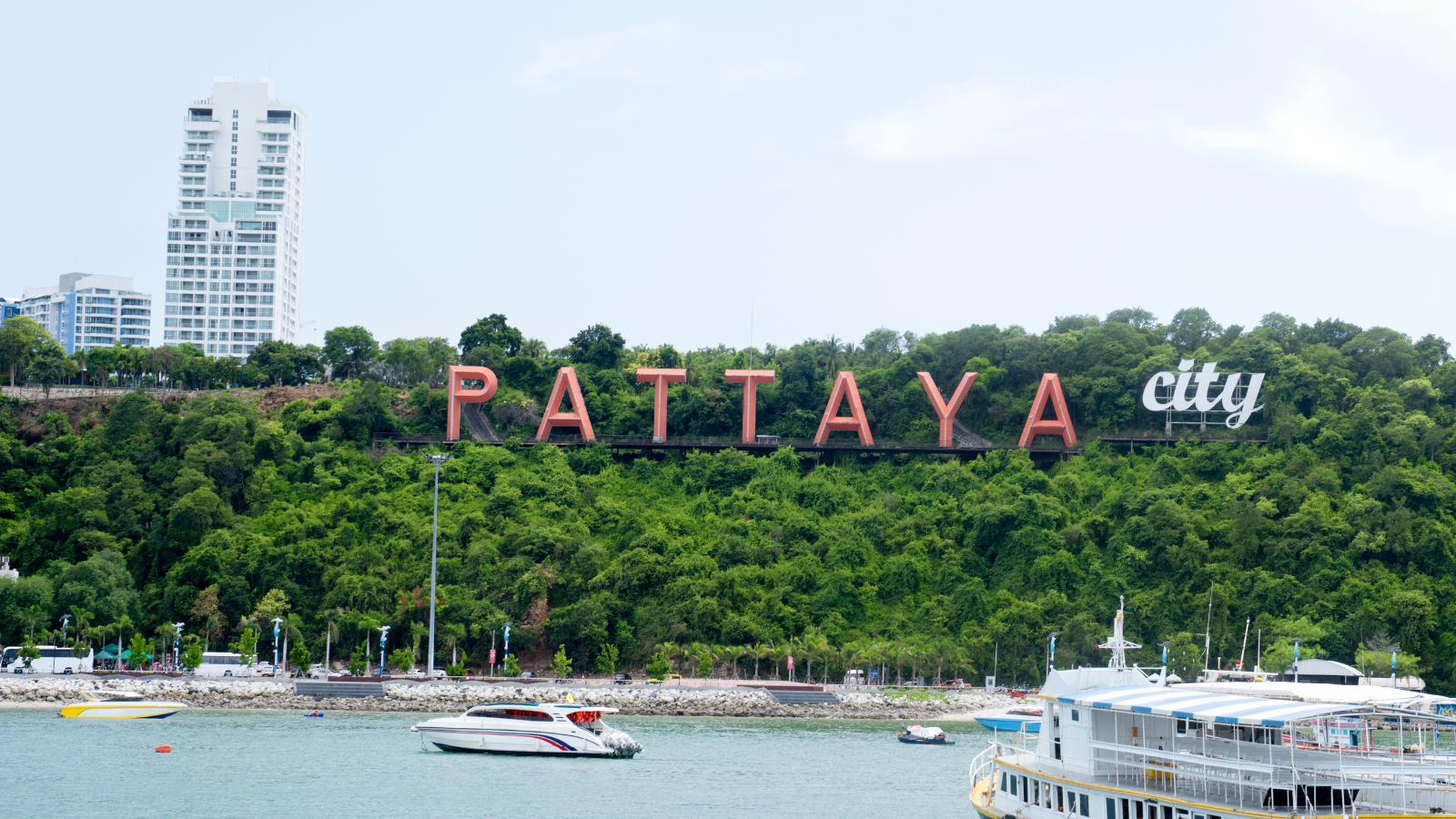
Pattaya is known for its beaches, water sports, and entertainment options, making it a favorite among Indian tourists. It’s a city that combines relaxation with nightlife and cultural attractions.
- Coral Island (Koh Larn):
A short ferry ride from Pattaya, Coral Island is perfect for snorkeling, swimming, and enjoying beachside cafes. It’s an ideal day-trip destination with clear waters and quiet shores. - Sanctuary of Truth:
An impressive all-wood structure featuring intricate carvings, the Sanctuary of Truth is dedicated to philosophy, art, religion, and the appreciation of nature. It’s a fascinating architectural feat and a serene spot for reflection. - Pattaya Floating Market:
Spread over 100,000 square meters, this floating market showcases traditional Thai architecture, regional food, and handicrafts. Visitors can take boat rides through the market, sample local treats, and shop for souvenirs. - Walking Street:
Pattaya’s Walking Street is famous for its nightlife, with neon-lit bars, clubs, and live performances. It’s a popular spot for adults seeking entertainment, though families may prefer to explore it earlier in the evening when it’s quieter. - Tiffany’s Show Pattaya:
One of Pattaya’s most famous cabaret shows, Tiffany’s is a glamorous performance featuring extravagant costumes, music, and dance. It’s a fun, family-friendly experience that showcases the talent of Thailand’s LGBTQ+ performers.
5. Krabi: Scenic Cliffs, Beaches, and Adventure:
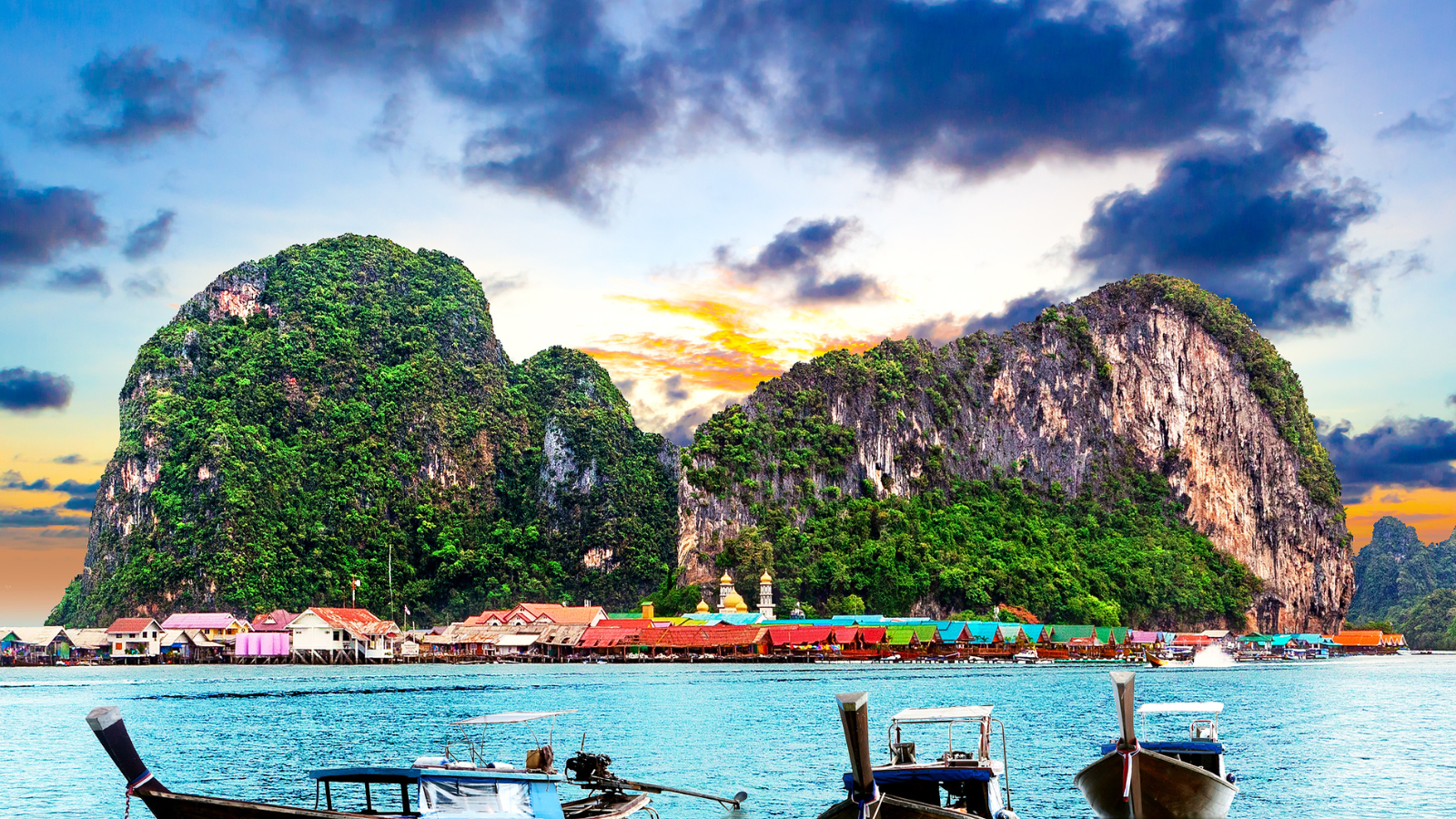
Krabi is known for its natural beauty, featuring limestone cliffs, clear waters, and lush greenery. It’s a destination for adventure seekers and beach lovers alike.
- Railay Beach:
Accessible only by boat, Railay Beach is a paradise known for its limestone cliffs, making it a hotspot for rock climbing. The beach’s calm, shallow waters also make it great for swimming and kayaking. - Four Islands Tour:
This popular tour takes visitors to four of Krabi’s scenic islands – Poda Island, Chicken Island, Tup Island, and Phra Nang Cave Beach. Each island offers opportunities for snorkeling, sunbathing, and exploring natural rock formations. - Emerald Pool and Hot Springs:
Located in the Thung Teao Forest Natural Park, the Emerald Pool is a natural hot spring with warm, emerald-colored water. Nearby, the Krabi Hot Springs offer a relaxing soak amid lush jungle surroundings. - Tiger Cave Temple (Wat Tham Sua):
Known for its challenging 1,237-step climb, the Tiger Cave Temple rewards climbers with panoramic views of Krabi. The temple complex also features impressive limestone caves and serene forested areas. - Ao Nang Beach:
Ao Nang is Krabi’s main beach town, known for its laid-back vibe, beach bars, and restaurants. From Ao Nang, visitors can easily access nearby islands and enjoy water activities like diving, kayaking, and sunset cruises.
Best Time to Visit Thailand:

Thailand has three main seasons: summer, monsoon, and winter. The best time to visit depends on personal preferences, as well as the areas you’re interested in.
- Cool Season (November to February): The most popular time to visit, especially for Indian tourists, as the weather is cool and dry. This period is ideal for exploring all regions of Thailand, with temperatures ranging from 20°C to 30°C. Beaches are at their best, and outdoor activities are comfortable.
- Hot Season (March to May): Temperatures rise to around 35°C in many parts, particularly Bangkok. It’s the best season for beach-goers who don’t mind the heat, as coastal areas remain cooler. Songkran (Thai New Year) in April is a major festival during this season.
- Rainy Season (June to October): The monsoon season brings frequent but usually short-lived showers. Northern and central Thailand experience more rain, while southern areas like Phuket and Krabi are still relatively dry. Fewer tourists make it a peaceful time, and off-season prices are a bonus.
Recommendation for Indian Travelers: The cool season (November to February) offers the best weather, making it ideal for sightseeing and outdoor activities.
Shopping Tips for Thailand:
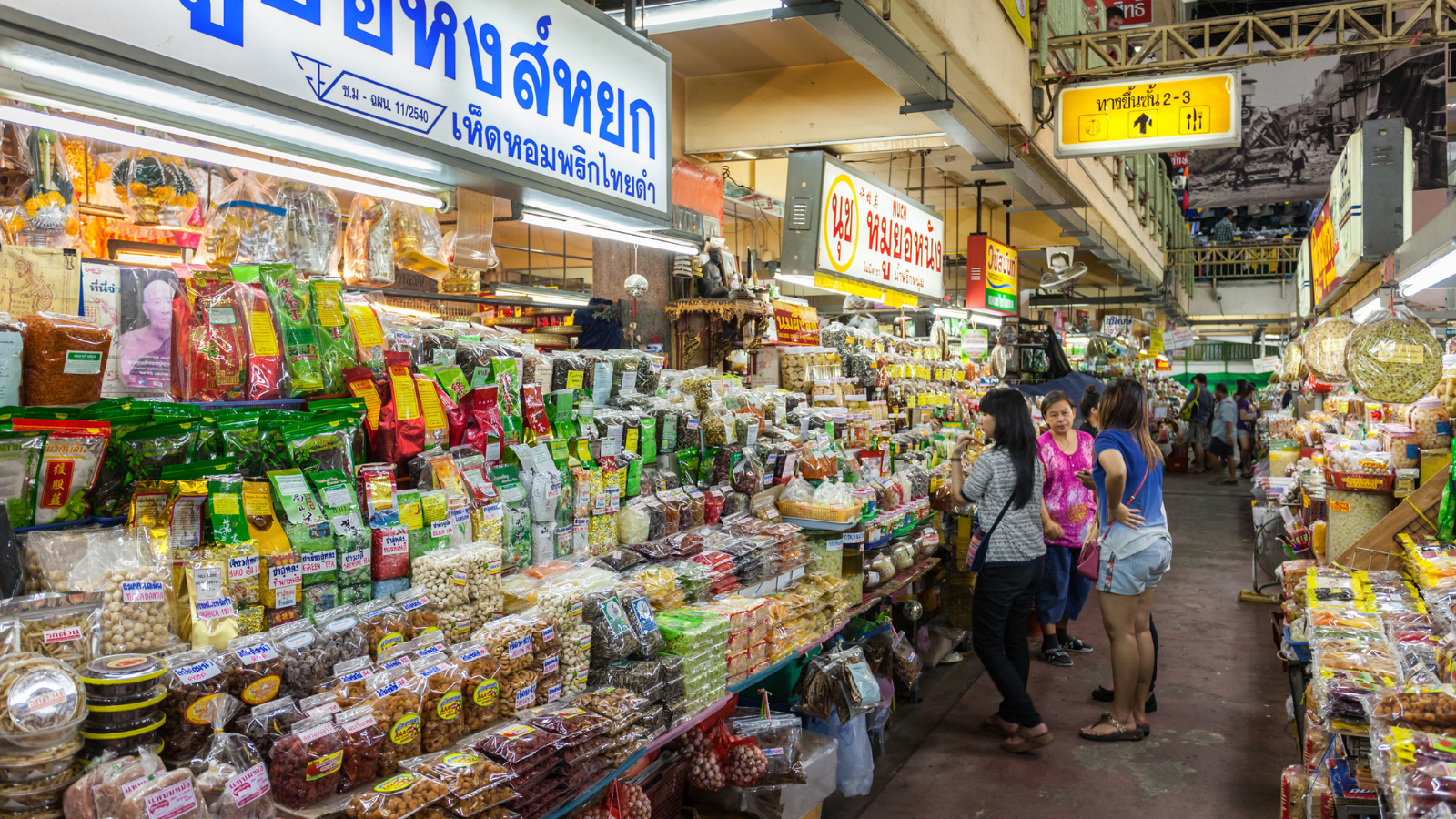
Shopping Tips:
- Markets vs. Malls: Thailand offers a mix of markets and shopping malls. Bargain-friendly markets include Chatuchak Weekend Market (Bangkok), Night Bazaar (Chiang Mai), and Walking Street (Pattaya). For luxury shopping, check out Siam Paragon, CentralWorld, and ICONSIAM in Bangkok.
- Bargaining: Bargaining is common in markets and small shops, so feel free to negotiate, especially if buying multiple items. However, it’s generally not acceptable in malls or large stores.
- Popular Items: Thailand is known for Thai silk, souvenirs (Buddha statues, Thai handicrafts), cosmetics, clothes, and Thai spices.
- VAT Refund: For purchases over 2,000 THB, visitors can claim VAT refunds at the airport. Request VAT refund forms when shopping at eligible stores and carry your passport.
5-Day Trip Ideas in Trawelmart:
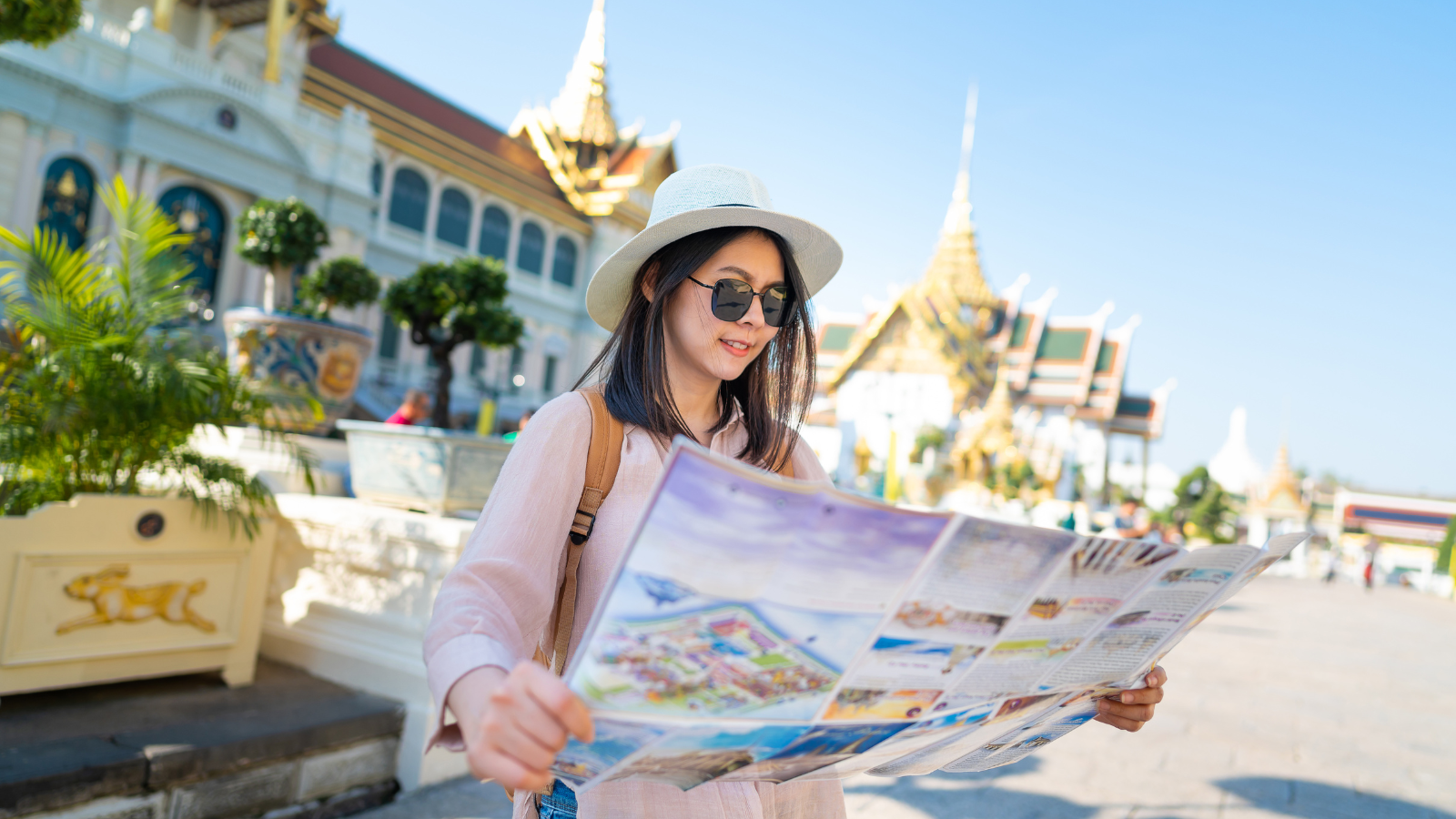
Day 1: Bangkok – The Capital of Culture and Shopping
- Morning: Visit the Grand Palace and the Temple of the Emerald Buddha (Wat Phra Kaew).
- Afternoon: Explore Wat Arun (Temple of Dawn) on the Chao Phraya River, followed by shopping at MBK Center or Siam Paragon.
- Evening: Discover Bangkok’s famous street food at the Asiatique Night Market or explore the vibrant Khao San Road.
Day 2: Ayutthaya – Ancient Temples and Historical Sites
- Full Day: Take a day trip to Ayutthaya, the ancient capital of Siam. Discover historical temples like Wat Mahathat, Wat Phra Si Sanphet, and Wat Chaiwatthanaram.
- Optional Activity: Enjoy a boat ride around the Ayutthaya Historical Park.
Day 3: Pattaya – Beach, Coral Island, and Nightlife
- Morning: Head to Coral Island (Koh Larn) for snorkeling, swimming, and beach relaxation.
- Afternoon: Explore Sanctuary of Truth – a unique wooden structure showcasing intricate Thai carvings.
- Evening: Return to Pattaya for nightlife at Walking Street or enjoy a cabaret show at Alcazar Cabaret.
Day 4: Phuket – Beaches and Island Hopping
- Morning: Explore Patong Beach or take a boat tour to Phi Phi Islands for snorkeling and scenic views.
- Afternoon: Visit the Big Buddha statue on Nakkerd Hill and the nearby Wat Chalong temple.
- Evening: Relax at a beachside café or explore Phuket’s vibrant street markets.
Day 5: Krabi – Beaches, Cliffs, and Adventure
- Full Day: Discover Railay Beach, a paradise for beach lovers and climbers, known for its limestone cliffs and emerald waters.
- Optional Activity: Take a day tour of the Four Islands (Poda Island, Chicken Island, Tup Island, Phra Nang Cave Beach) for snorkeling and island hopping.
Currency, Cash, and Payment Tips:
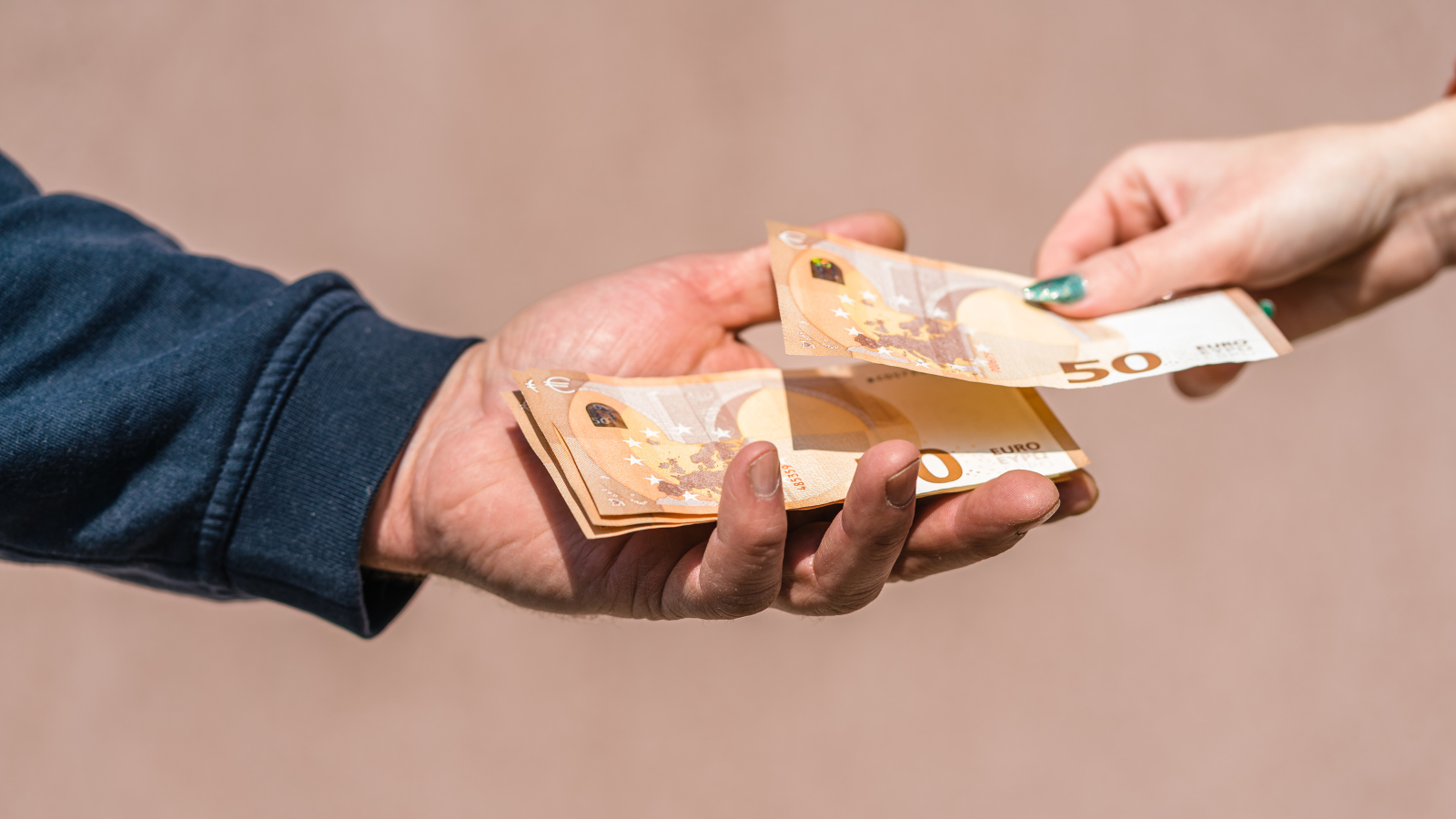
Understanding Thailand’s currency and payment practices can help travelers manage expenses smoothly and make the most of their trip.
Thai Currency Basics
- Currency Name: Thai Baht (THB)
- Symbol: ฿
- Conversion Rate: 1 Thai Baht ≈ 2–3 Indian Rupees (fluctuates)
- Banknotes and Coins:
- Banknotes are available in denominations of 20, 50, 100, 500, and 1,000 THB.
- Coins come in 1, 2, 5, and 10 Baht, along with smaller satang coins (25 and 50 satang), though satang is rarely used in daily transactions.
Currency Exchange Options
- Currency Exchange Counters:
Currency exchange counters are widely available, especially in tourist areas, airports, and popular cities like Bangkok, Phuket, and Pattaya. SuperRich, Vasu Exchange, and Siam Exchange are well-regarded for offering competitive rates. - Airport vs. City Rates:
Exchange rates at city centers generally offer better deals than airports. It’s wise to exchange a small amount at the airport upon arrival and exchange more in the city if needed. - ATMs for Cash Withdrawal:
ATMs are widespread across Thailand, allowing you to withdraw cash using an international debit or credit card. However, most Thai ATMs charge a fixed fee (typically 200-250 THB) per transaction for foreign cards, so it’s advisable to withdraw a larger amount each time to minimize fees. Major bank ATMs like Krungthai, Bangkok Bank, and Kasikorn Bank accept foreign cards, but ensure your bank is informed of international travel to avoid any issues. - Credit and Debit Cards:
Credit and debit cards are widely accepted in Thailand, especially at hotels, malls, restaurants, and tourist attractions. Visa and Mastercard are more commonly accepted than American Express. While cards are convenient for larger purchases, smaller vendors, local markets, and street food stalls may only accept cash. - Mobile Payments and E-wallets:
Thailand is gradually adopting e-wallet payments like Alipay, WeChat Pay, and PromptPay, but these are mostly used by locals. Tourists may find it easier to rely on cash and cards rather than mobile payment options.
Cash Handling Tips
- Small Denominations:
Always keep a supply of small denominations (20, 50, and 100 THB) for convenience when making payments for local transport, small purchases, or street food. - Tipping Culture:
Tipping is not mandatory but appreciated in Thailand, particularly in restaurants, hotels, and for tour guides. It’s polite to leave around 10-20 THB at local eateries and up to 10% of the bill at higher-end restaurants if service was good. - VAT Refund for Tourists:
Tourists can claim a VAT refund on purchases made at participating stores. Look for stores displaying the “VAT Refund for Tourists” sign. If spending over 2,000 THB in a single day at a participating shop, request a VAT refund form (bring your passport for verification). The VAT refund can be processed at the airport upon departure.
Cultural Etiquette in Thailand:
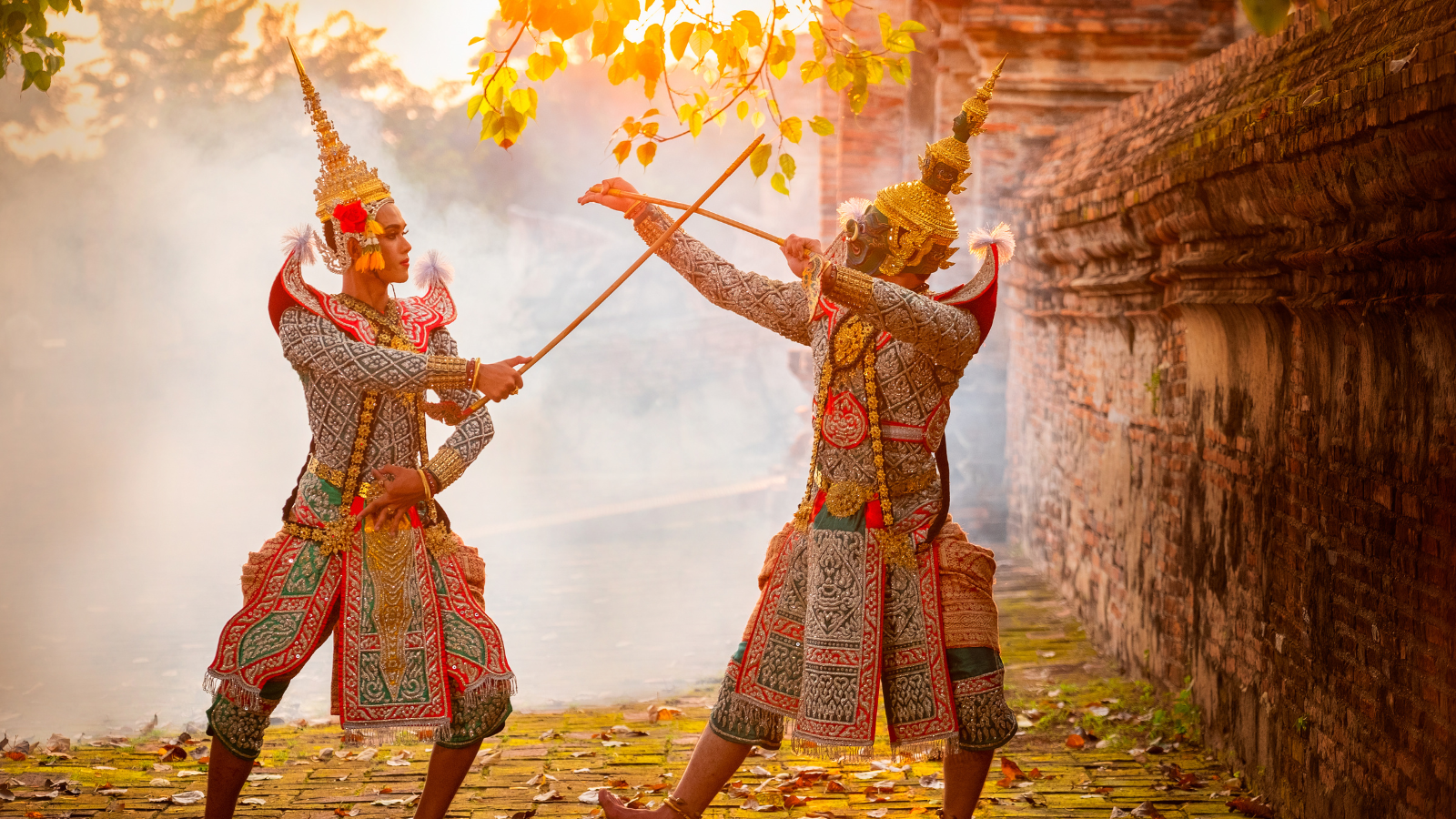
Thailand is known for its warm hospitality and deep-rooted cultural traditions. To ensure a respectful and enjoyable experience, understanding local etiquette is essential.
General Social Etiquette
- The Wai Greeting:
The traditional Thai greeting, known as the wai, involves pressing palms together at chest level and bowing slightly. The wai is a sign of respect, and it’s customary to return the gesture, especially to elders. However, tourists aren’t usually expected to initiate the wai but can do so to show respect. - Personal Space and Touching:
Thai people value personal space, and touching someone’s head is considered disrespectful, as the head is regarded as the most sacred part of the body. Similarly, avoid touching people on the shoulders or displaying public affection, as this is seen as intrusive. - Smile Often:
Thailand is known as the “Land of Smiles,” and smiling is an essential part of Thai culture. Smiling in response to almost any interaction shows friendliness and goodwill, even in situations of minor inconvenience or misunderstandings. - Politeness and Tone:
Thais prioritize polite communication and maintaining a calm tone. Avoid raising your voice or displaying anger in public, as such behavior is considered disrespectful. Patience and a soft-spoken approach are highly valued.
Temple Etiquette
Thailand’s temples, or wats, are sacred places, and visitors are expected to observe certain customs when visiting them.
- Dress Code:
Modesty is essential in temples. Both men and women should cover their shoulders, chest, and knees. Avoid wearing shorts, sleeveless tops, or revealing clothing. Many temples offer robes at the entrance if you’re not appropriately dressed. - Footwear:
Shoes should be removed before entering the temple buildings, particularly the main worship areas. Look for designated shoe racks or areas to leave footwear. - Respect for Buddha Images:
Buddha images are highly revered in Thailand. It’s considered disrespectful to climb on or pose suggestively with statues of Buddha. Photography is generally allowed, but be mindful not to block pathways or disturb worshippers. - Sitting Position:
When sitting inside a temple, avoid pointing your feet toward the Buddha statue or any sacred object, as feet are considered the lowest part of the body. Instead, sit with your legs tucked to the side or kneel with your feet behind you.
Dress Code and Respect in Public Places
- Modesty in Public Spaces:
While Thailand’s beaches are popular tourist spots, wearing swimwear away from the beach (in public spaces or markets) is considered disrespectful. Lightweight clothing that covers shoulders and knees is recommended for most public spaces outside of beach areas. - Shoes Off Indoors:
It’s customary to remove shoes before entering someone’s home, small shops, and certain indoor areas. When in doubt, check to see if shoes are left outside.
Respect for the Monarchy
The Thai monarchy is deeply respected by locals, and any negative comments or disrespectful actions toward the royal family are strictly prohibited and can have serious legal consequences. Standing for the royal anthem, which plays before movie screenings in theaters, is a common practice.
FAQs:
- What is the best time to visit Thailand for Indian tourists?
The cool season from November to February is the most favorable for Indian travelers due to comfortable temperatures and low rainfall. - How do I travel between cities in Thailand?
Thailand has a well-connected transport network. Trains, buses, and flights are common for intercity travel. In cities, tuk-tuks, taxis, and the BTS Skytrain (Bangkok) are convenient. - Is vegetarian food available in Thailand?
Yes, many Thai dishes can be prepared vegetarian, especially in cities like Bangkok and Chiang Mai. Look for “Jay” (vegetarian) options or explore Indian restaurants. - What should I wear when visiting temples?
Modest clothing is required for temples. Avoid sleeveless tops and shorts; instead, wear long pants or skirts and cover your shoulders. - How much money should I budget for a 5-day trip?
A budget of around ₹30,000–₹50,000 is usually sufficient for a mid-range experience covering food, accommodation, and sightseeing. Luxury options will increase costs. - Are Indian SIM cards usable in Thailand?
Roaming rates are often high. It’s recommended to buy a local Thai SIM card on arrival, with providers like AIS and TrueMove offering affordable tourist SIM packages. - Can I use Uber or similar services in Thailand?
Uber is not available in Thailand, but Grab is a popular ride-hailing app that works in major cities. - What are the currency exchange options for Indian tourists?
Currency exchange counters are widely available, especially in tourist areas. Some ATMs accept Indian cards for withdrawals but charge a fee. - Is tipping customary in Thailand?
Tipping is not mandatory but appreciated. A small tip in restaurants, hotels, and for guides is polite if the service was good. - What are some must-try street foods in Thailand?
Pad Thai (stir-fried noodles), Som Tum (papaya salad), and Mango Sticky Rice are popular. Street food is generally safe, but look for busy stalls to ensure freshness.






